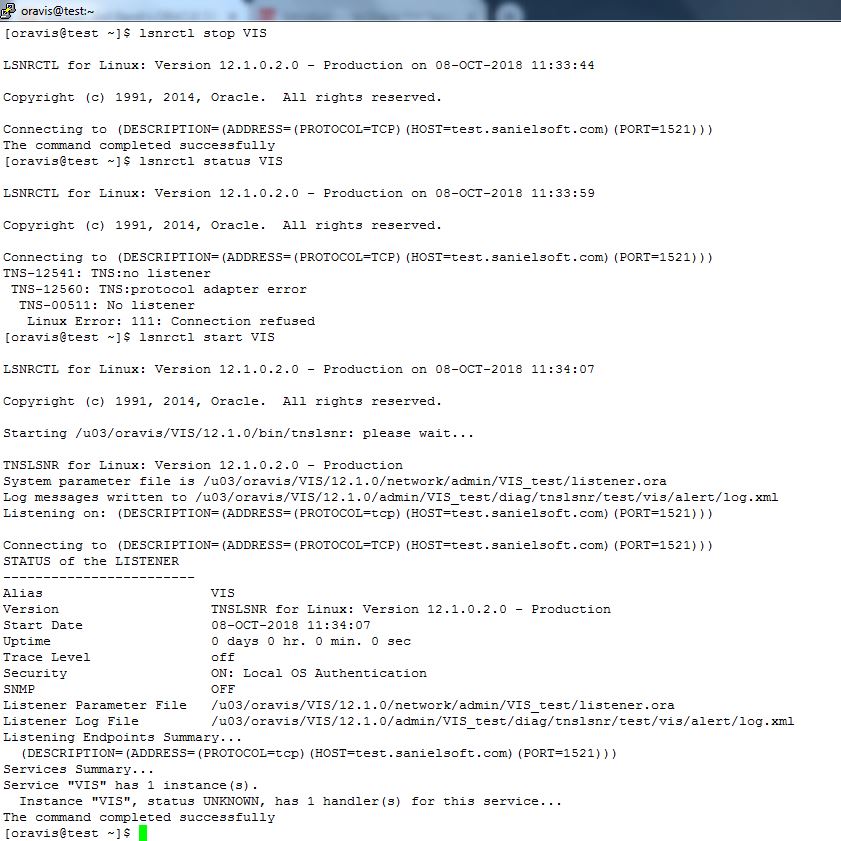Oracle Net Services, enables a network session from a client application to an Oracle Database server. Once a network session is established, Oracle Net acts as the data courier for both the client application and the database server. It is responsible for establishing and maintaining the connection between the client application and database server, as well as exchanging messages between them. Oracle Net is able to perform these jobs because it is located on each computer in the network.
Oracle Net communicates with the TCP/IP protocol to enable computer-level connectivity and data transfer between the client and the database server.- Oracle Net listener also called as Database Listener or Listener.
- Every DB can have seperate or only one listener for all DBs.
- Every Listener must have a Name, Configured on Protocol (TCP/IP), Port Number and Host.
- Each Listener should use a dedicated Port and Unique name.
- To Manage the Listener we have Listener Control Utility (lsnrctl command can be used).
To Check the Status of the Listener:
To Stop / Start Listener:
Creating Own Listener: We can create Listener in 3ways.
- Netca
- Netmgr
- Mannual Method
Mannual Method:
To create a Listener mannually we have to go to the location $ORACLE_HOME/network/admin
and open listener.orafile
Once We Open the listener.ora file we can see default listener or configured listeners list like below.
Copy the above info and paste in the below lines and change the listener name, Port number and save it. Then close the file and Start the created listener.
Netca: Netca is a Graphical Tool to Create Listener in simple way. Creating Listener is shown in below screenshots.
In the Same way Netmgr is also used to create and modify listener and TNS of the DB.
TNS Creation:
After creating the listener in a database say name 'TEST'. If we want to connect the test DB remotely from VIS database. Then we have to create TNS in the VIS db.
Go to the location of tnsnames.ora. $ORACLE_HOME/network/admin/tnsnames.ora
Edit the file copy the script and modify TNS_name, Port and Host_name as shown below.
Ping TNS:
We can increase the shared servers configuration as shown below.




















No comments:
Post a Comment